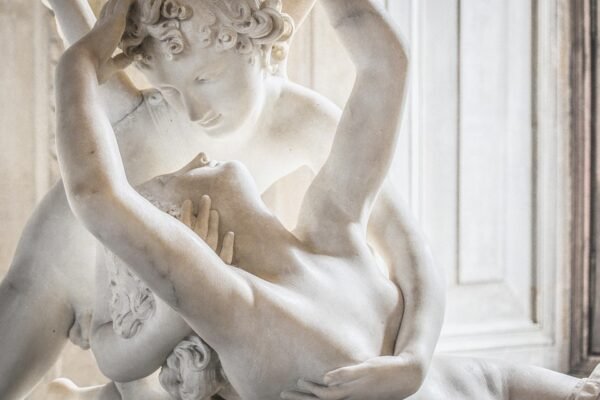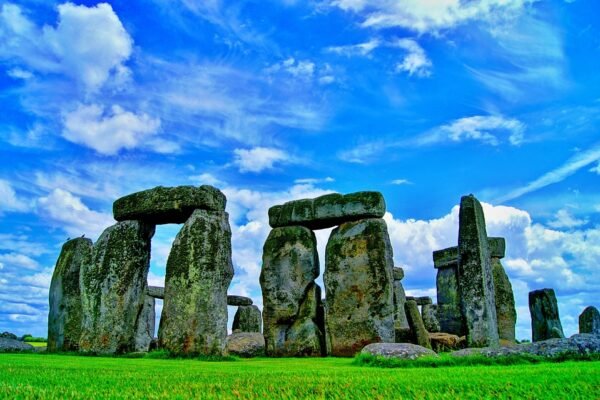

On this day: April 25
April 25 has been witness to many significant events throughout history. Let’s take a look at some of the most notable occurrences on this day.
1945 – The United Nations Conference Begins
On April 25, 1945, delegates from 50 countries gathered in San Francisco to begin the United Nations Conference on International Organization. The conference was held to establish the United Nations, an organization aimed at promoting international cooperation and preventing future conflicts. The conference resulted in the creation of the UN Charter, which was signed on June 26, 1945.
1915 – Gallipoli Campaign Begins
On April 25, 1915, during World War I, Australian and New Zealand troops landed at Gallipoli in an attempt to capture the Gallipoli Peninsula in Turkey. The campaign, which lasted for eight months, was ultimately unsuccessful and resulted in heavy casualties on both sides. The day is now commemorated as Anzac Day in Australia and New Zealand to honor the soldiers who fought in the campaign.
1974 – The Carnation Revolution in Portugal
On April 25, 1974, a peaceful military coup took place in Portugal, overthrowing the authoritarian regime known as the Estado Novo. The coup, which became known as the Carnation Revolution due to the widespread use of carnations as a symbol of the revolution, led to the establishment of a democratic government in Portugal. The revolution brought an end to nearly 50 years of dictatorship and paved the way for Portugal’s transition to democracy.
1983 – Pioneer 10 Reaches the Asteroid Belt
On April 25, 1983, NASA’s Pioneer 10 spacecraft became the first man-made object to reach the asteroid belt, a region of space between the orbits of Mars and Jupiter that is home to thousands of asteroids. Pioneer 10 was launched in 1972 and was the first spacecraft to travel through the asteroid belt and make a close approach to Jupiter. The spacecraft continued to send data back to Earth until its last transmission in 2003.
1953 – Francis Crick and James Watson Publish DNA Structure
On April 25, 1953, scientists Francis Crick and James Watson published their groundbreaking paper in the journal Nature, describing the double helix structure of DNA. Their discovery of the structure of DNA revolutionized the field of genetics and laid the foundation for the modern study of molecular biology. Crick and Watson’s work earned them the Nobel Prize in Physiology or Medicine in 1962.
Conclusion
April 25 has been a significant day in history, witnessing events that have shaped the world we live in today. From the establishment of the United Nations to the groundbreaking discovery of the structure of DNA, April 25 has been a day of great importance. These events serve as a reminder of the impact that individuals and nations can have on shaping the course of history.







